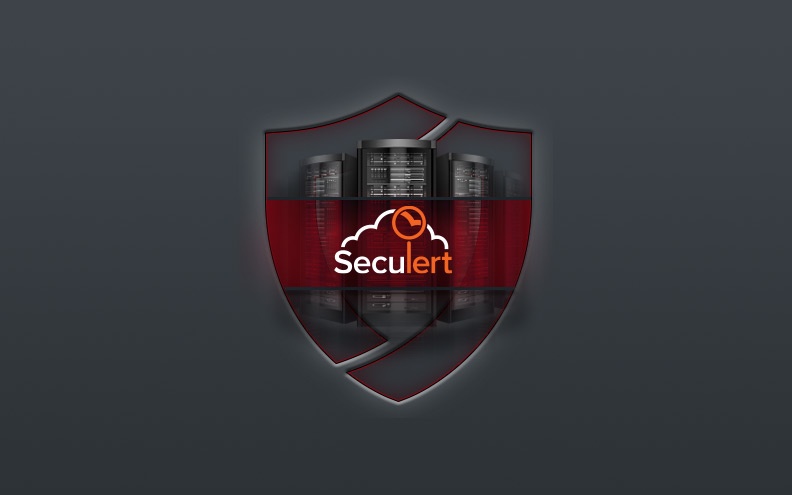Researchers have come across a new version of the Dyre banking malware that leverages a clever yet simple technique to evade sandboxes and prevent analysis.
latest insights
seculert blog

Dyre Banking Trojan Counts Processor Cores to Detect Sandboxes
Researchers have come across a new version of the Dyre banking malware that leverages a clever yet simple technique to evade sandboxes and prevent analysis.
read moreDyre Banking Trojan Jumps Out Of Sandbox
A number of unidentified commercial and freely available sandboxes fail to detect a new version of the Dyre banking Trojan, which was recently blamed for more than $1 million in losses to financial institutions and enterprises. - See more at: https://threatpost.com/dyre-banking-trojan-jumps-out-of-sandbox#sthash.c0CmYihA.dpuf
read moreDyreza Banking Trojan Variant Evades Sandbox Solutions
Researchers have documented a new variant of the Dyreza banking trojan, a member of the Dyre malware family, which has the capability to evade an array of sandbox solutions.
read moreDyre Banking Trojan Counts Processor Cores to Detect Sandboxes
According to Seculert, the new Dyre sample they’ve analyzed is designed to check the number of processor cores on the infected machine. Since most modern PCs have at least two cores, a single core could indicate the presence of a sandbox. That is because sandboxes are usually configured to use only one core in order to save resources.
read moreDyre Trojan Adds New Sandbox-Evasion Feature
New tactic makes it that much harder to detect, says Seculert.
read moreNew Dyre Version- Yet Another Malware Evading Sandboxes
Last fall, we posted about the new tricks of the Tinba trojan. Now the Dyre malware, another trojan, has some new tricks of its own.
read morePerimeter Security Defenses: A Technical Review
As my colleague and co-founder, Dudi Matot, noted in his Perimeter Security Defense: Time to “Think Different”? post last week, we’ve just finished a very interesting piece of Big Data research focused on the behavior of the malware that has succeeded in infecting our customer’s networks. Just to set a little context, all of Seculert’s customers run very sophisticated, multi-layered malware prevention systems that include Next Generation Firewalls, modern Intrusion Prevention Systems, inline sandbox technologies, Secure Web Gateways, and current endpoint security. These are some of the most cyber-security oriented enterprises on earth and yet they are still finding malware infecting their networks on a daily basis.
read moreState of Perimeter Security Defenses Report
Seculert Research Finds Critical Gaps in Gateway Solutions
read morePerimeter Security Defense: Time to “Think Different”?
It was almost exactly ten years ago that U.S. Counter Terrorism Advisor Richard Clarke stood before the Congressional committee investigating the 9/11 attacks and uttered the famous phrase, “Your government failed you. Those entrusted with protecting you failed you. And, I failed you.” It was a seminal moment in America’s processing of the tragedy of 9/11 because an adult stood up and declared himself to be accountable.
read moreCurrent Threat Prevention Systems Are Not Enough Protection for Enterprises
Infected devices behind a company’s protected network can still communicate with the outside without being detected, despite properly configured perimeter defenses, show the results of a recent study.
read morecategories
- chevron_right In the Media (82)
- chevron_right News & Media (82)
- chevron_right Resources (17)
- chevron_right Press Releases (12)
- chevron_right Webinars (9)
- chevron_right Blog (5)
- chevron_right White Papers (4)
- chevron_right Reports (3)
- chevron_right 2015 (2)
- chevron_right Events (2)
- chevron_right Product (2)
- chevron_right 451 Report (1)
- chevron_right Black Hat, Security Analytics (1)
- chevron_right Brochures & Datasheets (1)
- chevron_right Gateway Attack Detection (1)
- chevron_right In the News (1)
- chevron_right Javelin (1)
- chevron_right Javelin Attack Simulator (1)
- chevron_right Uncategorized (1)
recent post
-
An Acquisition is Akin to a Rollercoaster Ride
Feb 15, 2017 9:32:37 PM -
Let’s Hack an Election, Shall We?
Nov 2, 2016 1:55:28 AM -
Nymaim: Deep Technical Dive - Adventures in Evasive Malware
Oct 11, 2016 3:30:00 PM
Dyre Banking Trojan Counts Processor Cores to Detect Sandboxes
Topics: News & Media, In the Media
A number of unidentified commercial and freely available sandboxes fail to detect a new version of the Dyre banking Trojan, which was recently blamed for more than $1 million in losses to financial institutions and enterprises. - See more at: https://threatpost.com/dyre-banking-trojan-jumps-out-of-sandbox#sthash.c0CmYihA.dpuf
Topics: News & Media, In the Media
Researchers have documented a new variant of the Dyreza banking trojan, a member of the Dyre malware family, which has the capability to evade an array of sandbox solutions.
Topics: News & Media, In the Media
Dyre Banking Trojan Counts Processor Cores to Detect Sandboxes
According to Seculert, the new Dyre sample they’ve analyzed is designed to check the number of processor cores on the infected machine. Since most modern PCs have at least two cores, a single core could indicate the presence of a sandbox. That is because sandboxes are usually configured to use only one core in order to save resources.
Topics: News & Media, In the Media
New tactic makes it that much harder to detect, says Seculert.
Topics: News & Media, In the Media
New Dyre Version- Yet Another Malware Evading Sandboxes
Last fall, we posted about the new tricks of the Tinba trojan. Now the Dyre malware, another trojan, has some new tricks of its own.
As my colleague and co-founder, Dudi Matot, noted in his Perimeter Security Defense: Time to “Think Different”? post last week, we’ve just finished a very interesting piece of Big Data research focused on the behavior of the malware that has succeeded in infecting our customer’s networks. Just to set a little context, all of Seculert’s customers run very sophisticated, multi-layered malware prevention systems that include Next Generation Firewalls, modern Intrusion Prevention Systems, inline sandbox technologies, Secure Web Gateways, and current endpoint security. These are some of the most cyber-security oriented enterprises on earth and yet they are still finding malware infecting their networks on a daily basis.
Seculert Research Finds Critical Gaps in Gateway Solutions
Perimeter Security Defense: Time to “Think Different”?
It was almost exactly ten years ago that U.S. Counter Terrorism Advisor Richard Clarke stood before the Congressional committee investigating the 9/11 attacks and uttered the famous phrase, “Your government failed you. Those entrusted with protecting you failed you. And, I failed you.” It was a seminal moment in America’s processing of the tragedy of 9/11 because an adult stood up and declared himself to be accountable.
Current Threat Prevention Systems Are Not Enough Protection for Enterprises
Infected devices behind a company’s protected network can still communicate with the outside without being detected, despite properly configured perimeter defenses, show the results of a recent study.
Topics: News & Media, In the Media



